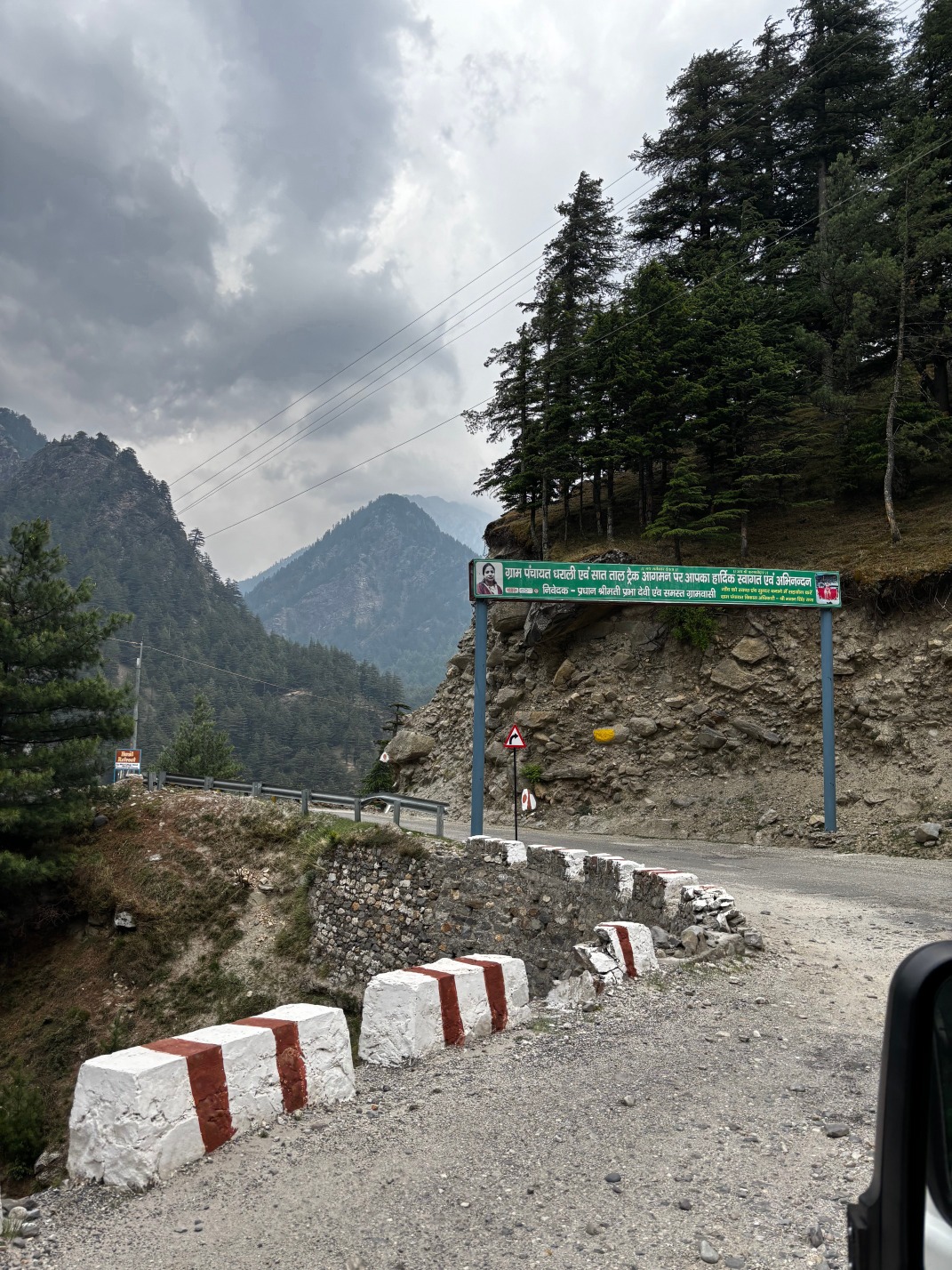There are no items in your cart
Add More
Add More
| Item Details | Price | ||
|---|---|---|---|

Pic courtesy: the author, The road to Dharali, en route to Gangotri, which was recently washed away by the sudden floods in Uttarakhand
I recently had the opportunity to talk to senior print, broadcast and new media (online) journalists in the city of Bengaluru. The programme was titled ‘Crafting Climate Narrative’ and was organized jointly by the Central and State governments. What was interesting about the programme was the title ‘Crafting’. The title can be used as a connotation which leads us to believe that the climate narrative is all about crafting and agenda-setting or it can show methods used to craft this narrative, either through best practices approach or through a researcher’s own theory or model-building.
Having had interactions through my continuous engagement with this group of stakeholders – climate reporters, for several years, I continue to be amazed at the nascent stage at which we are, when we talk about climate communication.
Beat of the reporter
A climate reporter or journalist is often going on a variety of beats. In journalistic language, a beat is a specific area that a journalist is assigned to cover, also referred to as a patrol. Hence, a reporter may also be on a crime beat, political beat, court beat or sports beat. This makes them specialists in a variety of topics in which they engage and write. However, this poses a problem when communicating about climate change. The framework used in journalistic writing – the 5 Ws and 1 H, when used in the inverted pyramid style of writing, tends to be unbiased, report-based and rather limp when it addresses environmental concerns.
In my book, Media and Climate Change Making Sense of Press Narratives, I address this concern after a careful analysis of a 5-year climate coverage of two national dailies through a variety of methods – word count, placement of articles, source used in the article, themes, who the article is directed towards, etc.
I argue that reporters covering climate issues must look beyond mere reporting of facts; they must consistently write investigative and analytical articles that use people and incidents as anecdotal evidence to find solutions to these pressing issues of our times.
Hence, the framework for writing a climate report must change radically to achieve the outcomes of– call to action, a solution-based approach and holding those who are accountable for this.
Local framing of Climate Change
Giving the analogy of the polar bear and its distance – literally and metamorphically, I also narrated to the journalists, the significance of making the climate narrative crafted towards local and hyper-local issues. These angles of writing or producing news, offer local communities insights to be spurred into action. Journalists in the room narrated some of the problems faced by communities on the ground – including resistance from global conglomerates and governments who had a lot of influence. They pondered how to frame these issues, whose side to take? They lamented that they might be fed with a narrative that was skewed. These are valid concerns and communication problems that pose as barriers in the process of disseminating information.
The framing of the issue locally, must deeply align to local policies yet be global in acknowledging the issue. For example, India’s G20 leadership has come out strongly on advocating for indigenous wisdom and voices to matter in climate communication. Hence these discourses must include local communities and their interactions with nature and nature-based solutions.
Gatekeepers of information
Another concern with climate communication is that the gatekeepers of this information are no longer the climate scientists, researchers, think tanks and agencies – every person who is on social media can become a voice for the climate. This has its advantages and disadvantages. It could lead to armchair digital activism, without a thorough understanding of the ground realities, and create an ‘echo-chamber’ which can be a potential threat, if the information is skewed. This asymmetric flow of information between the digital haves and have-nots can lead to further fragmented outcomes when we want communication to be effective and impactful. For example, green warriors on the ground like the late Padmasree Tulsi Gowda led a life filled with environmental activism and impact, without attaching any gains from it. She probably did not even know where she was positioned in the grander scheme of things, and did what was right for her to do in her region in the Western Ghats, nurturing a forest for the large part of her life, close to six decades. These are green warriors on the ground who have not known how to use media and the channels of communication to their advantage, yet their power to communicate non-verbally, spread to the world.
When we postulate these examples and look at the communication around climate change today, we stand to believe that things are at a nascent stage. When we read about acts of felling thousands of trees in enclosed campuses overnight to evade the judiciary from stepping in, we realise that communication methods have failed. This is happening in the big cities, among the educated citizens of this country, yet we struggle to find ways and means to communicate about the extended hot spells and their impact on human health, and we struggle to show the connections between the bees and the pollination cycles. These are complex connections, yet they communicate the profound nature of climate communication.
Prof. Deepti Ganapathy is the author of the book Media and Climate Change: Making Sense of Press Narratives. She has designed and offers several Climate-related Programmes at IIM Bangalore